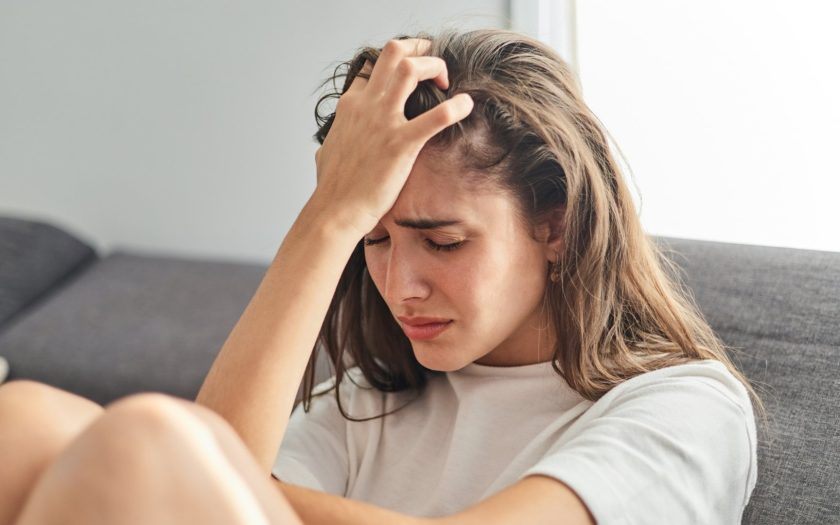-
Drink a glass of warm water.
Pour yourself a glass of water and drink it in small sips. Take a breath before each sip and exhale while drinking. Water helps to relieve the muscle tension that often occurs during a panic attack. This method also helps shift your focus to how you are drinking the water. As a result, the panic state will begin to subside and you will start to feel better. The key is to drink the water slowly and breathe properly at the same time.
-
Pay attention to the world around you.
Distracting yourself from panic anxiety can be achieved by shifting your focus to the surrounding world. Count (preferably out loud) the cars passing by, the lit windows in the neighboring building, flying birds, buttons on your clothes, books on the shelf, etc. You can also feel your scarf to see how warm and soft it is; this can help shift your focus. Speak out loud everything that comes to your mind. The goal is to shift your brain from internal anxieties to observing and processing external information. You can also carry a set of prayer beads with you during times of anxiety and panic, using them to count and pass the beads through your fingers.
-
Wash your face with cold water.
Another simple and effective way to manage a panic attack is to wash your face with cold water. This method helps alleviate the increasing anxiety. In winter, you can also rub your face or hands with snow. A contrast shower is also very effective; it invigorates and distracts you from unpleasant thoughts. Water always cleanses not only the body but also our thoughts.
-
Focus on your body.
During a panic attack, it’s important to control your body. This helps calm trembling hands, steady your breathing, and slow your racing heart. Try to relax as much as possible and imagine that you are relaxing each muscle in your body. It might not work immediately, but with regular practice, you will learn to control your body. Repeat to yourself or out loud that everything is okay, that the attack will soon be over and that no one has ever died of a panic attack. As your body relaxes, your nervous system will also relax and you will soon feel relief.
-
Monitor your breathing.
When we are scared, our breathing speeds up, and the concentration of carbon dioxide in the blood decreases. This causes a feeling of shortness of breath, which further intensifies the panic attack. Therefore, the first step is to calm your breathing. You can use a regular paper bag to breathe into until your breathing becomes steady. If you don’t have a paper bag, you can cup your hands together and breathe into them. Another option is to try deep and slow breathing, filling your lungs completely. For example, take a very slow and deep breath and then gradually exhale to ensure no air is left in your lungs.
-
Perform self-massage.
During a panic attack, it is crucial to relax your body, so self-massage can be helpful. Gently massage each finger on your hand with slow and light movements. Then, do a light massage of your shoulders to relieve the tension in that area. This is where our muscles tend to tighten and impede proper blood flow to the brain. Once you can relax the muscles, the anxiety and panic will begin to diminish.
-
Consult a doctor.
If you experience panic attacks on a regular basis, it is important to see a doctor. Although panic attacks, despite the significant discomfort they cause, are not dangerous, managing them on your own can be very challenging. Without treatment, they may become more severe. A doctor will conduct an examination and prescribe medication (for example Relaxedin, Sertima-100) to help alleviate your symptoms. It is crucial to follow the recommendations clearly and remember to take the prescribed medications.

